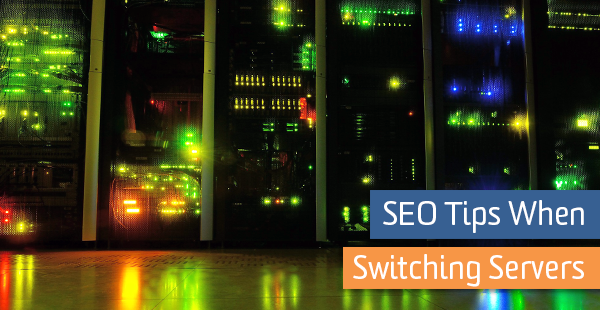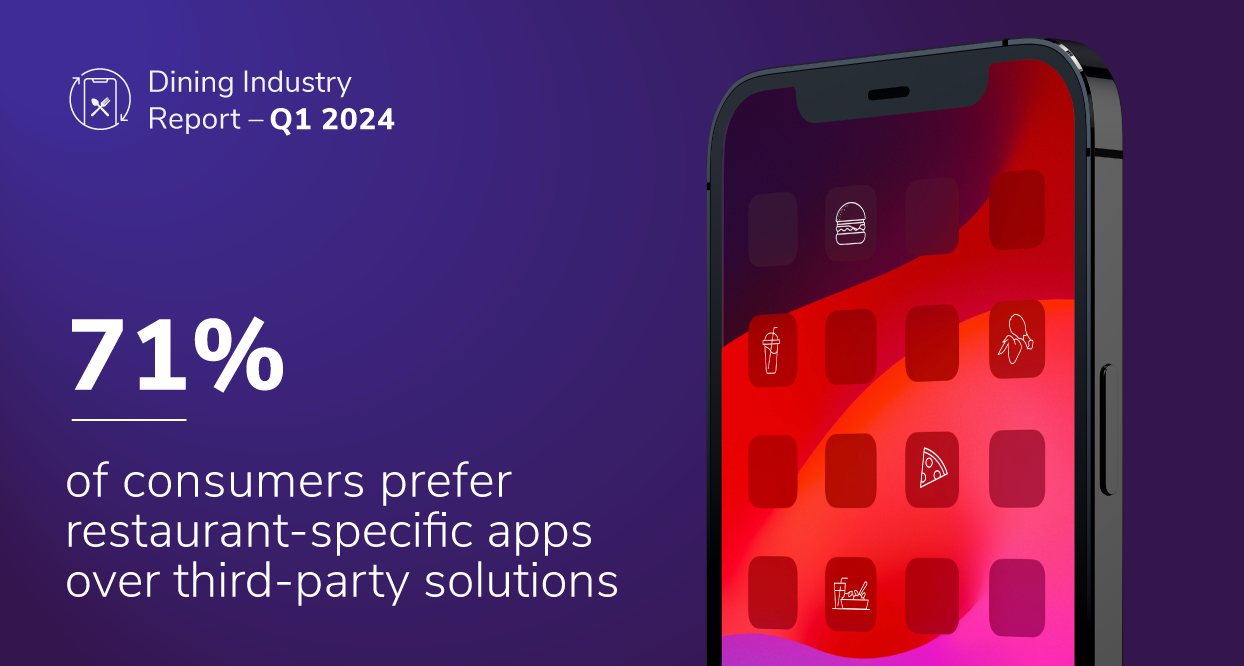SEO Tips When Switching Servers

Any time you make a significant change related to your website, whether that’s content or the underlying architecture, you should check to see if your changes have impacted the SEO best practices you’ve already put into place.
A few weeks ago, a client unexpectedly informed me that they migrated their web server to a different platform. As I scrambled to see if there were any SEO issues (there were), I realized how little was written on this topic, so I began asking questions and taking notes.
Disclaimer: I’m no expert on servers and web hosting.* However, I am one of the world’s most prolific practitioners of freaking out about things that could hurt a site’s search engine rankings.
Below are a few big takeaways regarding how server software can impact SEO and how to ensure your server switch is smooth with SEO.
The More You Change, the More You Should Check
If the server hardware is upgraded, but the server software and all the configuration remains the same, there’s really no SEO-specific issues that can arise (though it might pay to check one more time that everything really is configured the same).
But if you change server settings, there are likely some SEO checkpoints. You may even want to hold off making that additional configuration change until everything else checks out. And if you are switching server software, you’ll definitely want to consider the points in this article.
*Seriously, consult your IT person before messing around with the server.
Don’t Leave Anything Behind
It seems like a no-brainer, but when you’re copying files from one server to another, make sure you copy EVERYTHING. This includes resources like images, downloads, or configuration files.
- Make sure all the hidden files are moved (like the .htacess file).
- If you have HTTPS, don’t forget to move your HTTPS certificate when upgrading your server. HTTPS is now a search engine ranking factor, by the way.
Redirects & Rewrites
Messing up redirects is probably the most common, major problem for SEO when changing up things with the server. This problem is most likely to occur when switching to different server software, for the following reasons:
- The syntax on rewrite rules vary.
- There’s differing means of configuring redirects and rewrites. For example, Apache has the famous .htacess file, Nginx has a rewrite engine module, and IIS has multiple methods of configuring its <httpRedirect> element.
- Order of operations can vary. If you have different types of redirects (for example, some rewrite rules in .htacess plus some redirects that are set in the CMS), you may find these handled differently by different server platforms ― for example, Nginx processes rewrite rules in a different manner than Apache.
- Default rules vary. For example, IIS – unlike Apache and Nginx – has the camel case URL issue, where URLs are case insensitive (for example, www.example.com/canonicalization and www.example.com/CANONICALIZATION both return valid status 200 URLs with the same page content in IIS).
NEVER assume your redirects will transfer over seamlessly. Test some URLs on your current rewrite rules and redirects before you start the switch; then test those URLs under the new server environment.
Custom 404 Page
Make sure you still have your custom 404 page, if you had that set up. Make sure it’s triggered in all scenarios – on all subdomains, subdirectories, and URL suffixes. Make sure 404s are returned when they should be, as opposed to soft 404s.
Understanding Site Speed & SEO
Yes, there are some algorithmic signals relating to site speed; see this. And there’s evidence that time to first byte, which is impacted by server performance, is a specific ranking signal.
But really, a fast server is just good for your site regardless of SEO considerations, because it is good for the user. Certainly overloaded servers, timeouts, and refused connections are definitely bad for the user and bad for SEO. If the server upgrade doesn’t impact user accessibility and speed noticeably (where humans could actually detect the difference), I doubt it will impact search engine rankings (certainly not enough for you to notice).
In other words, if your server speed performance isn’t a non-SEO concern; don’t fret about its impact on SEO. That said, faster is better.
Don’t Block the Search Engine Spiders
I haven’t seen this issue myself, but I’ve talked to a fellow that configured his server to block traffic from a certain country and accidentally blocked Google. So be careful with those settings!
Crawl and Review Your Site
Crawl that sucker. See if HTTPS status codes or anything else has changed. It’s easier if you can crawl the site before the switch and then after the switch so you can compare apples to apples. I’m a Screaming Frog fan myself. Here’s a few questions you might want to ask after the “after” crawl:
- Are there more or less URLs?
- Are 301 redirects still 301 (instead of 302)
- Are there additional 404s?
- Are 404s still returning status code 404 (instead of being soft 404s)?
Keep Watching It
If there’s ever a time to monitor your site and its traffic, now is the time. Here are a few things to keep an eye out for.
- Traffic from all major sources – have any search engines stopped sending traffic?
- How’s the site speed and accessibility?
- Any shakeups in rankings; indexation stats; or crawl stats? There’s good SEO data in Webmaster tools.
- Log files – if you really know what you’re doing!
Other Hosting Considerations
- Location of the server can help you rank slightly better in the search results of nearby users; particularly users in the same country. These benefits are said to be quite substantial in Russia (Yandex) and China (Baidu).
- Stay out of bad neighborhoods. Search engines don’t want to send their users to networks known for spam and malware.
TL;DR
Though it’s an infrequent concern, server changes can sometimes impact SEO a lot. Below are the 4 biggest SEO tips on server changes:
- The more you change, the more you should check.
- Check your custom settings: redirects and 404s.
- Crawl and review your site before and after server changes.
- Make sure you don’t block search engines from crawling your site.


